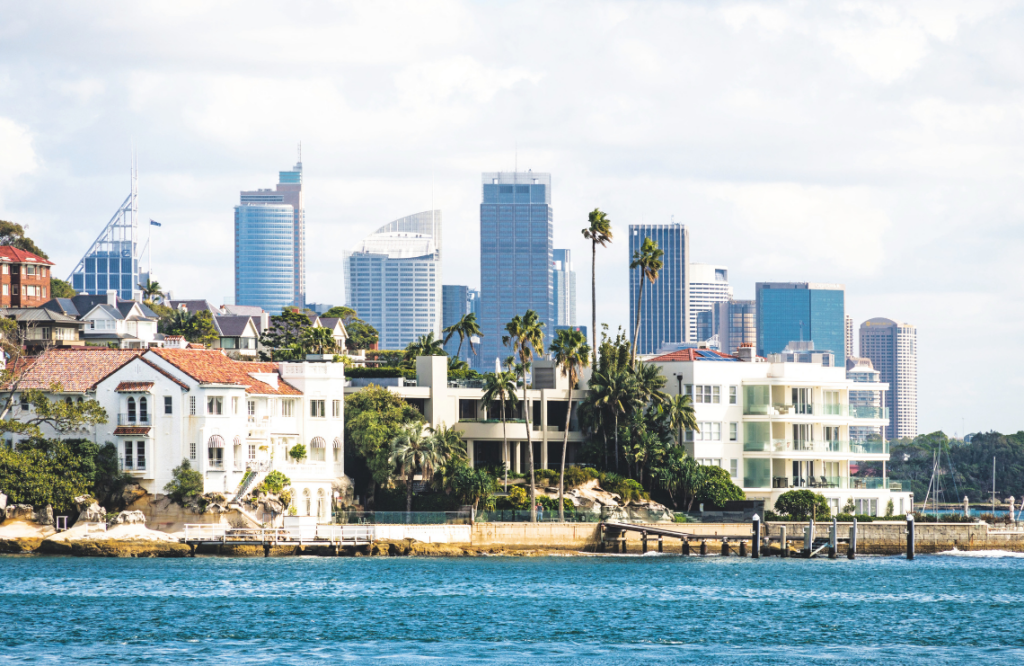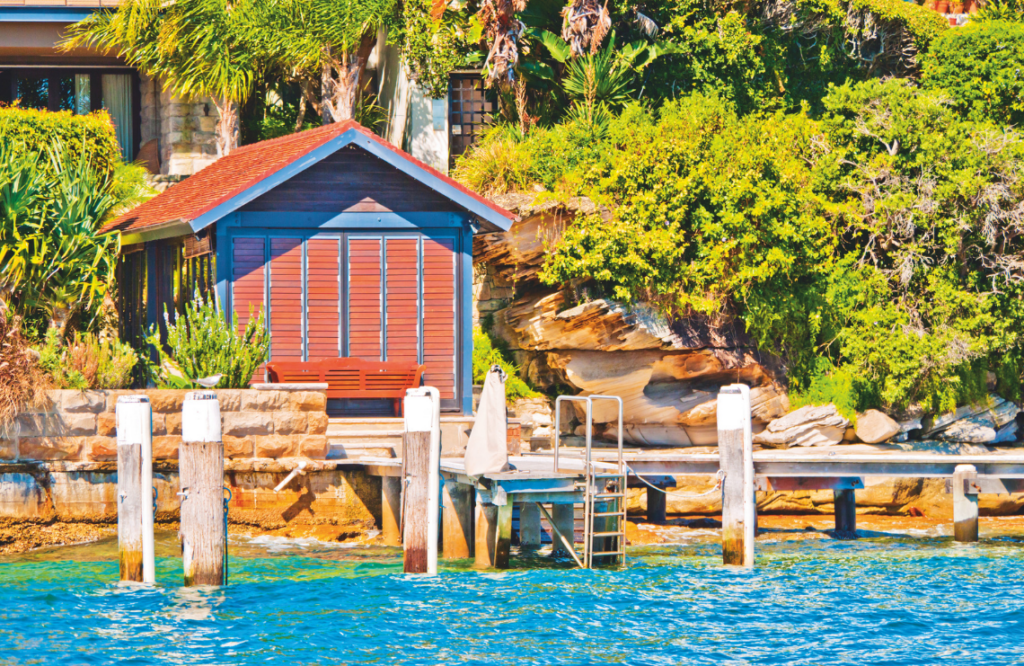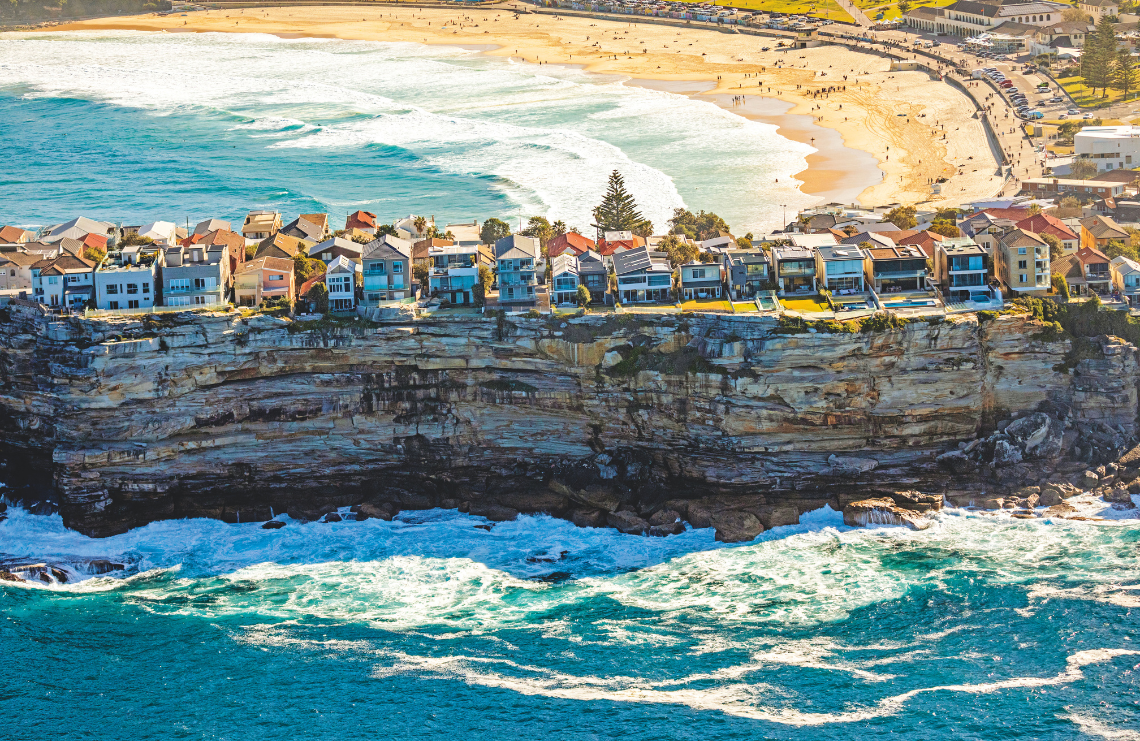As an island nation, the majority of us cling to the coast, that geographical edge where the majestic forces of nature meet. Designing and building on the coast is a special challenge, where every decision must be weighed against Mother Nature and, of course, local council.
Planning next to waterways is becoming increasingly regulated and given recent and ongoing flood events, engineering input and consideration of durable low-maintenance materials will become an even greater priority. Structural budgets will go up, so considering smaller houses is the most effective way to keep costs down.

As we know, prime beachside sites are prohibitively expensive for most individuals. If one wishes to dip their toes in the water from their abode, it’s more likely to be in unit blocks. This comes with its own challenges as many of these residential coastal fl ats will require regular ongoing maintenance. There is no escaping the corrosive eff ects of salt water and wind on a façade, be it made of concrete, brick, let alone steel. My advice for anyone who lives in or owns a coastal flat in need of repair where there are multiple owners is to engage an overarching supervising engineer to supervise and manage the project on behalf of everyone. The engineer will assess the building and prepare a diagnostic report on its condition and recommend a remedial plan.
Having an independent expert with knowledge of the standards required for coastal buildings is essential, especially in choosing windows and doors and how they are inserted into coastal façades. The supervising engineer may then run the tender process to choose a remedial builder, ideally with experience working on the coast. I would recommend the engineer also be engaged to supervise the works, signing off on the critical stages of the program. Dare I say it, when dealing with the repair of older buildings by the water, engineering is as — if not more important — than design.

Having an independent expert with knowledge of the standards required for coastal buildings is essential, especially in choosing windows and doors and how they are inserted into coastal façades. The supervising engineer may then run the tender process to choose a remedial builder, ideally with experience working on the coast. I would recommend the engineer also be engaged to supervise the works, signing off on the critical stages of the program. Dare I say it, when dealing with the repair of older buildings by the water, engineering is as — if not more important — than design.
Respecting the nature of a coastal community in terms of pre-existing height and scale must be foremost and councils remain diligent against over-developing these communities that connect us to the sea. The attraction of the coast is deep for many of us. It’s not only the cleansing connection with salt water, it’s the power of being on this edge where land meets water. Here we connect with the rhythms of nature as opposed to the clock. Where eroded cliff edges of sandstone, granite, even basalt will give way eventually once water and wind are multiplied by time. Architecture on the coast attempts to survive these same extreme conditions.
Designers draw great inspiration from nature and one of its most powerful theatres is the coast. It’s here you can turn your back on the built world and focus on the sand, waves, then out to that uncompromising, unmovable horizon line. The closer you get to it, the further away it seems, like the unattainable infi nity of perfection. This pursuit of beauty is what architects strive for. But when it comes to creating a home on the coast, one must be prepared to yield and accept the rattling of a window, the odd leak after a storm, and sandy feet in the hallway.

